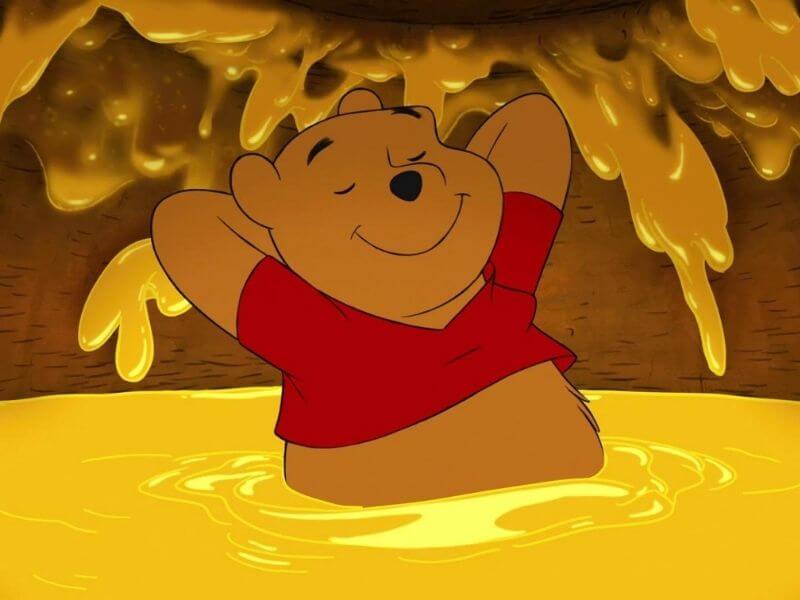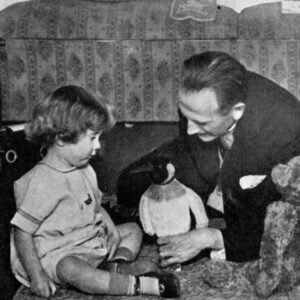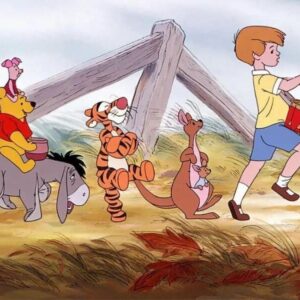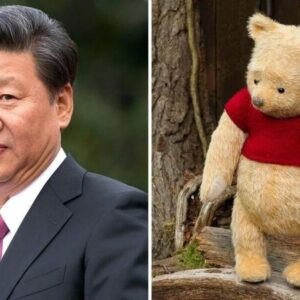When did Winnie The Pooh become public domain? On Jan. 1, 2022, numerous works entered the public domain, including A.A. Milne’s original Winnie-the Pooh stories. Although Disney’s version of Pooh is protected by copyright, the company no longer exclusively owns the rights to Winnie the Pooh. The silly old bear is even being reimagined as a killer in the upcoming horror film Winnie the Pooh: Blood and Honey.
We spoke with Donald P. Harris—associate dean for academic affairs and equity, diversity and inclusion liaison at the Beasley School of Law—about public domain and the implications for artists and large companies such as Disney following Milne’s Winnie the Pooh copyright expiration.
When did Winnie The Pooh become public domain?
On January 1, 2022, Winnie-the-Pooh became part of the public domain in the US. This implies that no longer must anyone seek permission from the copyright owners in order to utilize the character and his story.
After the original book’s 1926 release—95 years later—the Winnie-the-Pooh copyright was still in effect. This is because the copyright period for works written before 1978 was extended by the United States Copyright Act of 1976.
However, the public domain has a few significant restrictions. For instance, Winnie-the-Pooh’s Disney versions still have copyright protection. The names of the characters and their particular traits, as well as other components of the Winnie-the-Pooh stories, are not protected under the public domain.
Despite these restrictions, the public domain debut of Winnie-the-Pooh represents a momentous development. It implies that no longer will anyone be required to compensate the copyright owners for new works based on the character and his stories. As people come up with fresh and intriguing ways to exploit the Winnie-the-Pooh characters and stories, this can spark a new wave of creativity and invention.
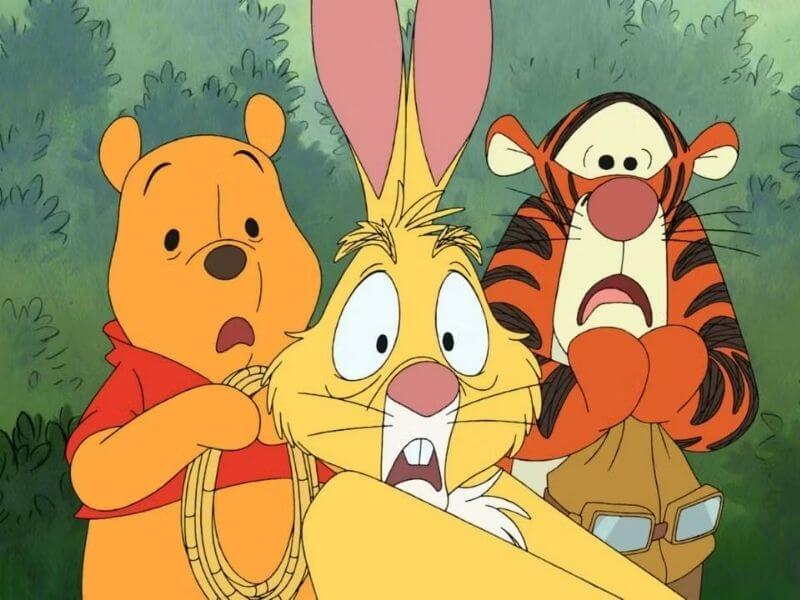
Did Winnie-the-Pooh enter public domain?
Yes, on January 1, 2022, Winnie-the-Pooh became part of the public domain in the US. This implies that no longer must anyone seek permission from the copyright owners in order to utilize the character and his story.
After the original book’s 1926 release—95 years later—the Winnie-the-Pooh copyright was still in effect. This is because the copyright period for works written before 1978 was extended by the United States Copyright Act of 1976.
The Disney versions of Winnie-the-Pooh still have copyright protection, it’s vital to remember that. The names of the characters and their particular traits, as well as other components of the Winnie-the-Pooh stories, are not protected under the public domain.
Despite these restrictions, the public domain debut of Winnie-the-Pooh represents a momentous development. It implies that no longer will anyone be required to compensate the copyright owners for new works based on the character and his stories. As people come up with fresh and intriguing ways to exploit the Winnie-the-Pooh characters and stories, this can spark a new wave of creativity and invention.
When did the Winnie-the-Pooh copyright end?
On January 1, 2022, the copyright for the original Winnie-the-Pooh stories in the US became null and void. Now that the character and his stories are in the public domain, anyone can use them without asking the copyright holder’s permission.
The Disney versions of Winnie-the-Pooh still have copyright protection, it’s vital to remember that. The names of the characters and their particular traits, as well as other components of the Winnie-the-Pooh stories, are not protected under the public domain.
Despite these restrictions, the public domain debut of Winnie-the-Pooh represents a momentous development. It implies that no longer will anyone be required to compensate the copyright owners for new works based on the character and his stories. As people come up with fresh and intriguing ways to exploit the Winnie-the-Pooh characters and stories, this can spark a new wave of creativity and invention.
Winnie-the-Pooh can be used in the public domain in the following ways:
- Write fresh poems or stories with Winnie-the-Pooh and his pals.
- Make fresh illustrations or artwork of Winnie-the-Pooh and his pals.
- Create new Winnie-the-Pooh-themed motion pictures, television series, or other forms of media.
- Create fresh goods or commodities with Winnie-the-Pooh and his pals.
- Utilize Winnie-the-Pooh and his pals in textbooks or other non-profit creations
The use of any copyrighted components, such as the Disney versions of the stories or the exact names and traits of the characters, must be avoided when employing Winnie-the-Pooh in the public domain. Furthermore, you must avoid any usage of Winnie-the-Pooh that can be construed as deceptive or detrimental to the character’s reputation.
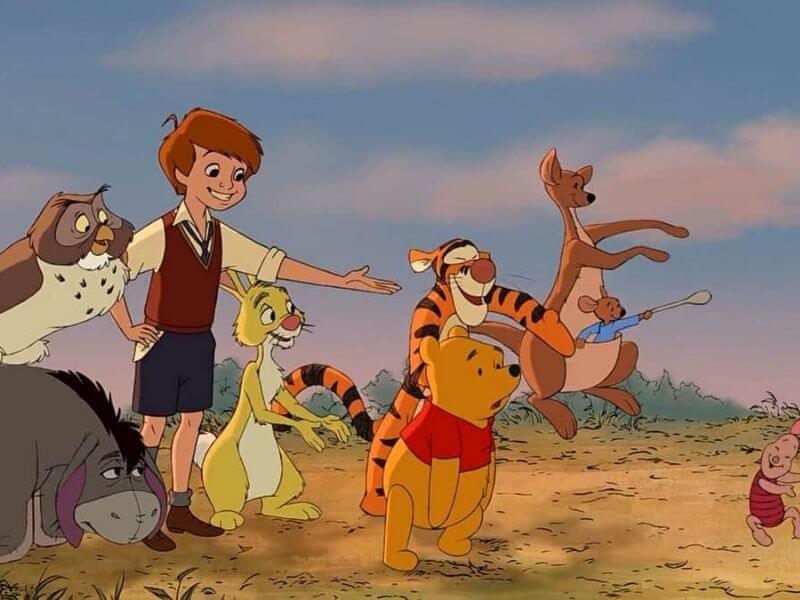
Is Winnie-the-Pooh no longer trademarked?
On January 1, 2022, the copyright on the original Winnie-the-Pooh stories in the US expired, making the character and his stories public domain. The trademarks for the Winnie-the-Pooh Disney adaptations, including the unique style and traits of the characters, are still owned by The Walt Disney Company.
This means that anyone can adapt the original Winnie-the-Pooh stories into new works without obtaining Disney’s consent, but they are not permitted to use the Disney characters or any other trademarked material.
Here are some illustrations of what is and is not permitted in the public domain:
- Winnie-the-Pooh and his friends may be used in educational materials or other non-commercial works, provided that no copyrighted elements are used. You may also write new stories or poems featuring Winnie-the-Pooh and his friends, create new artwork or illustrations of Winnie-the-Pooh and his friends, make new movies, television shows, or other media based on the Winnie-the-Pooh stories, create new products or merchandise featuring Winnie-the-Pooh
- Not permitted: using the Winnie-the-Pooh Disney adaptations or any other trademarked components without Disney’s consent, including the characters’ unique appearances and traits, the name “Winnie the Pooh” in a stylized font, or the phrase “Hundred Acre Wood.”
It is always preferable to err on the side of caution and request permission from the copyright owners if you are unsure whether or not anything is permitted under the public domain.
Why has Winnie-the-Pooh copyright expired?
Due to the lengthy copyright protection provided by US law, the original Winnie-the-Pooh stories’ copyright in the country ended on January 1, 2022.
Copyrights in the US are valid for the author’s lifetime plus an additional 70 years. The Copyright Act of 1976 increased the copyright period for works created before 1978 to 95 years following publication.
Since the first Winnie-the-Pooh book was released in 1926, the copyright will expire 95 years later in 2022.
It’s crucial to remember that the Winnie-the-Pooh Disney versions still have copyright protection. The names of the characters and their particular traits, as well as other components of the Winnie-the-Pooh stories, are not protected under the public domain.
Despite these restrictions, the public domain debut of Winnie-the-Pooh represents a momentous development. It implies that no longer will anyone be required to compensate the copyright owners for new works based on the character and his stories. As people come up with fresh and intriguing ways to exploit the Winnie-the-Pooh characters and stories, this can spark a new wave of creativity and invention.
